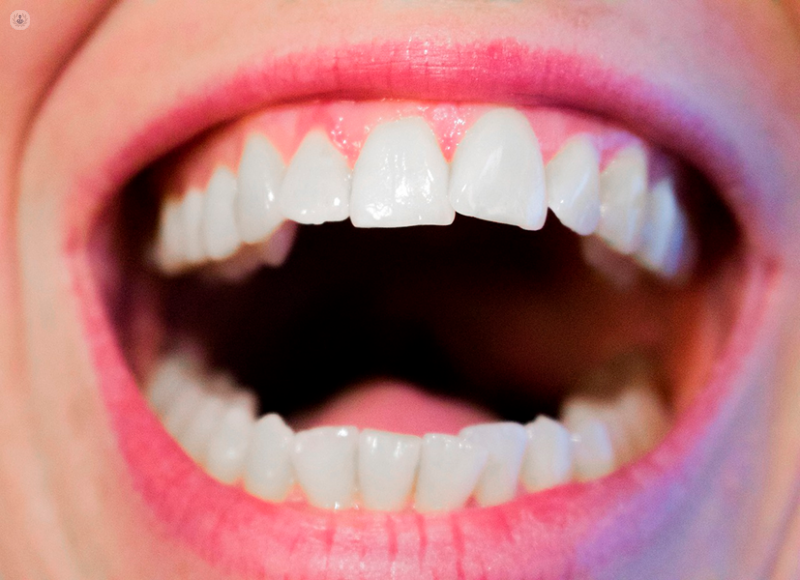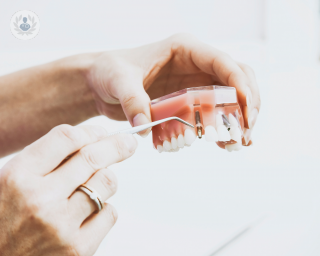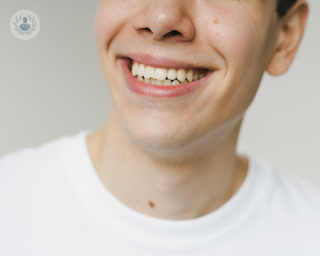Receding gums
What are receding gums?
Receding gums, also known as gingival recession, occur when there is migration of the gum margin, exposing the root of the tooth. This can lead to considerable oral health issues. It is a fairly common oral pathology.

There are four types of gingival recession, according to the Miller's classification:
- Class I: Marginal tissue recession below the mucogingival line.
- Class II: Marginal tissue recession extending to or beyond the mucogingival junction, without periodontal attachment loss (bone or soft tissue) in the interdental space.
- Class III: Marginal tissue recession extending to or beyond the mucogingival junction, with periodontal attachment loss in the interdental space, and dental malposition.
- Class IV: Marginal tissue recession extending to or beyond the mucogingival junction, with severe bone or soft tissue loss in the interdental space, and/or severe dental malposition.
Prognosis of receding gums
You should be aware that the gum does not grow back, so to correct the aesthetic defect and its consequences a gingival graft will be required. Before the graft can be performed the causative factor must first be eliminated.
Symptoms of receding gums
Receding gums can lead to:
- Hypersensitivity to hot and cold
- The development of root caries
- Progressive loss of the gum and bone supporting the tooth which, in some cases, can lead to tooth loss
In the case of anterior (front) teeth, this may be an aesthetic concern.
Medical tests for receding gums
Diagnosis of receding gums is made by observation. You will be able to see it yourself by looking at the typical symptoms of receding gums and if you experience hypersensitivity.
What causes receding gums?
The most frequent causes are:
- periodontal disease (Pyorrhoea)
- aggressive toothbrushing
- dental malposition
- incorrect dental treatment
- mechanical trauma (biting objects, piercings, etc.).
Can receding gums be prevented?
The best way to avoid receding gums is to avoid the factors that cause it, as well as preventing plaque build-up. It is essential to avoid habits such as smoking or overly aggressive brushing and to maintain proper oral hygiene.
If you notice any changes, or possible onset of periodontal disease, see your dentist for an evaluation.
Treatments for receding gums
In the first instance treating receding gums involves tackling the cause. This can involve education on the correct way to brush your teeth, or treatment by a dental hygienist to remove bacteria and tartar around the teeth and inside the gums.
After eliminating the causative factor, surgery to cover the gum may be considered. Periodontal microsurgery techniques can be performed, which consist of covering the gum using your own tissue or a biomaterial known as an acellular dermal matrix.















